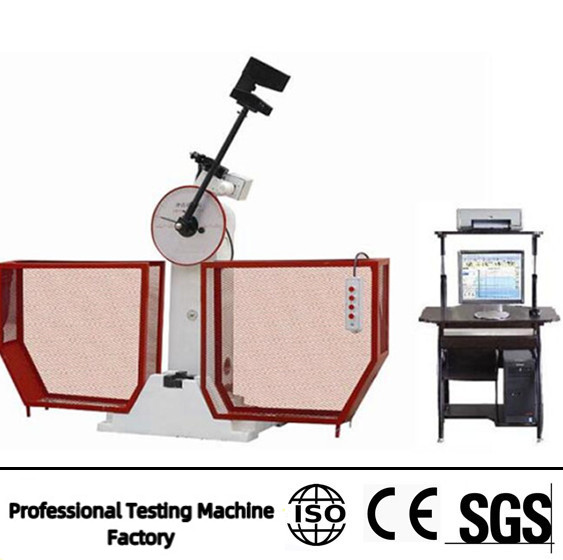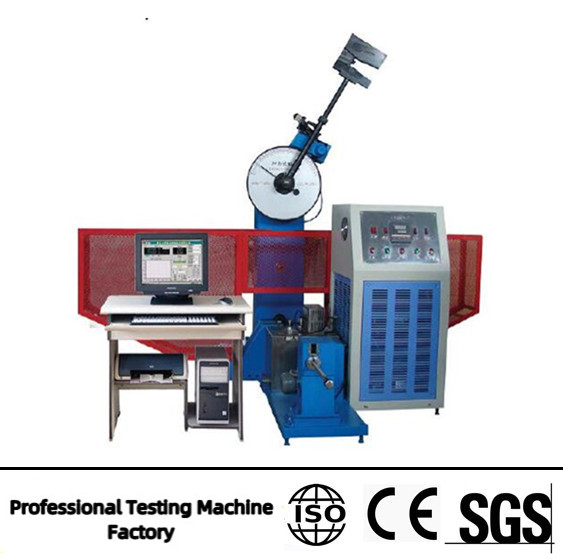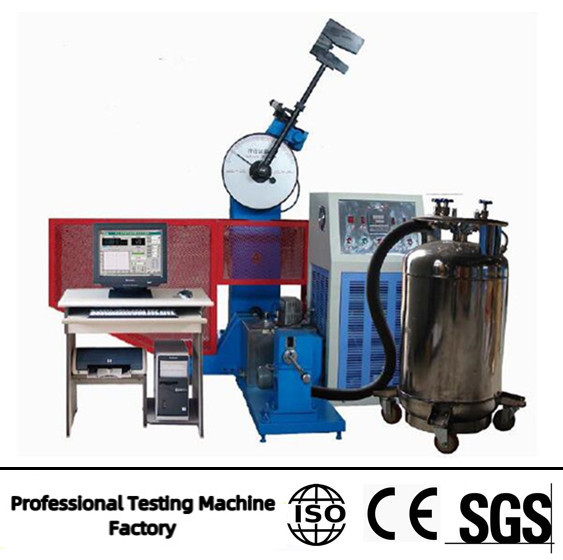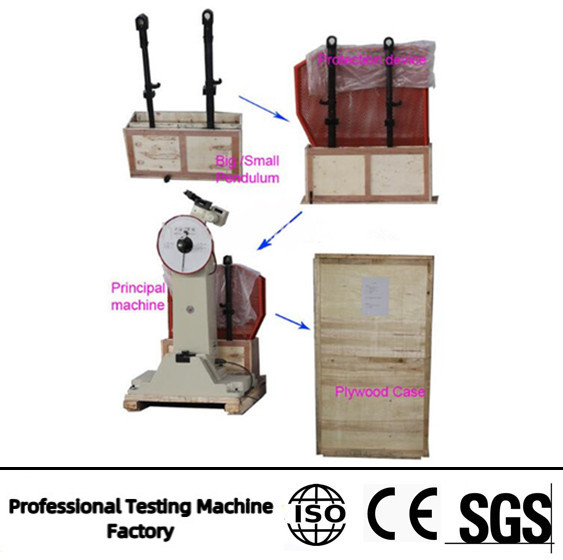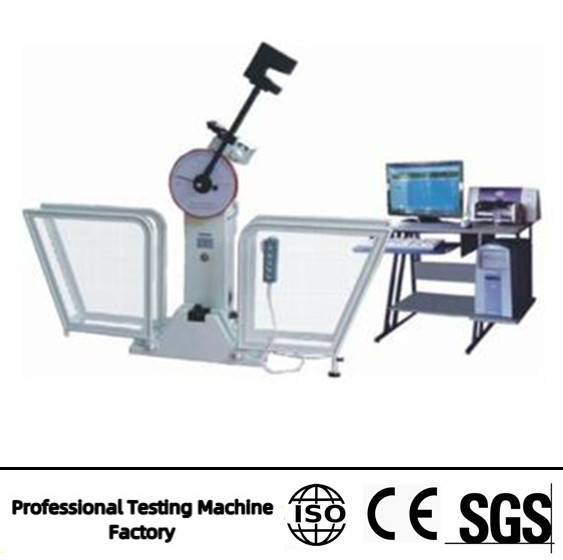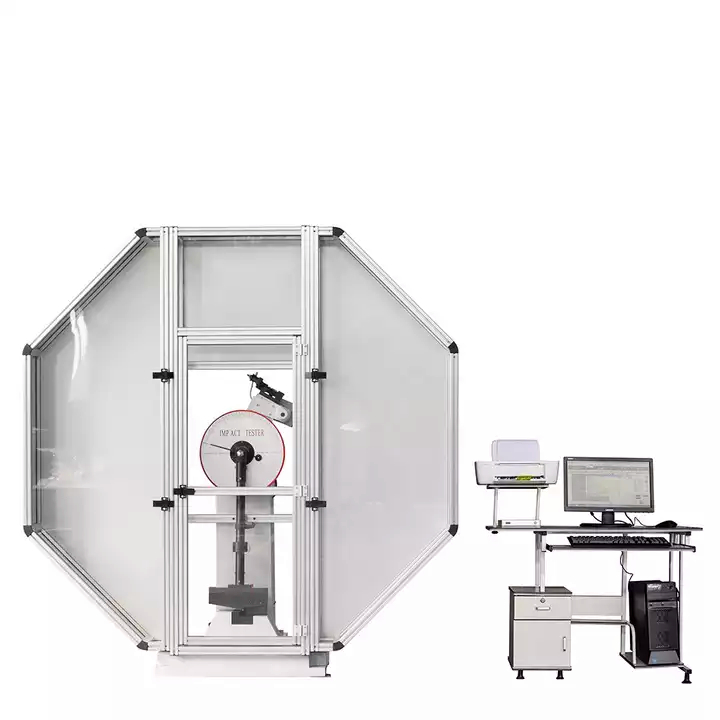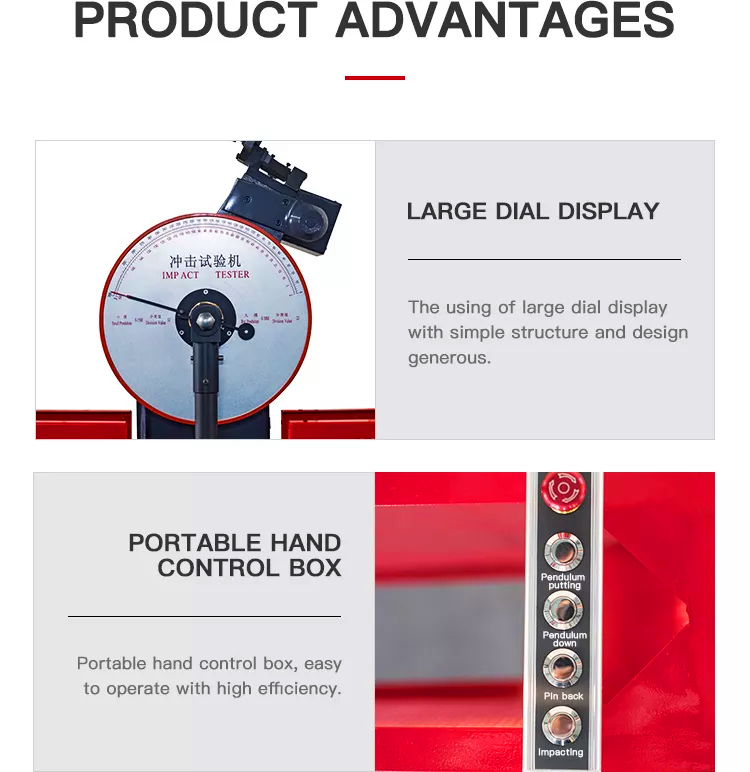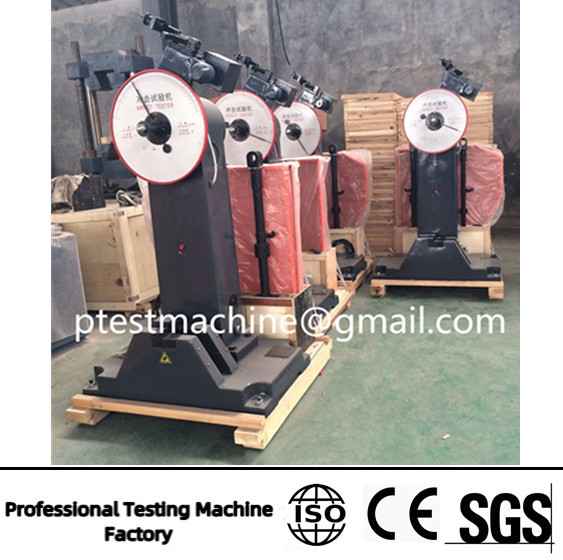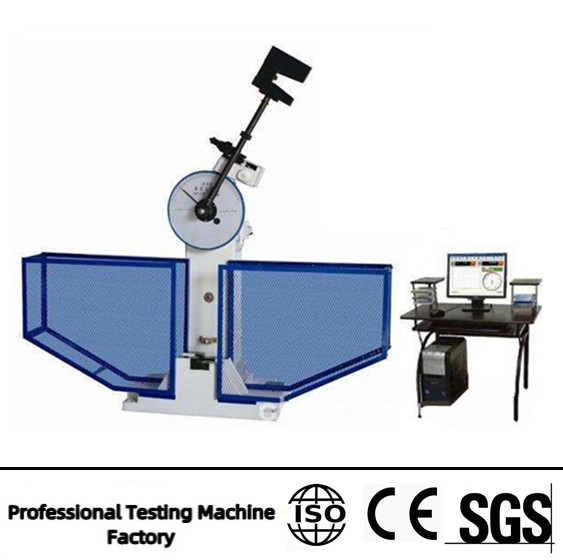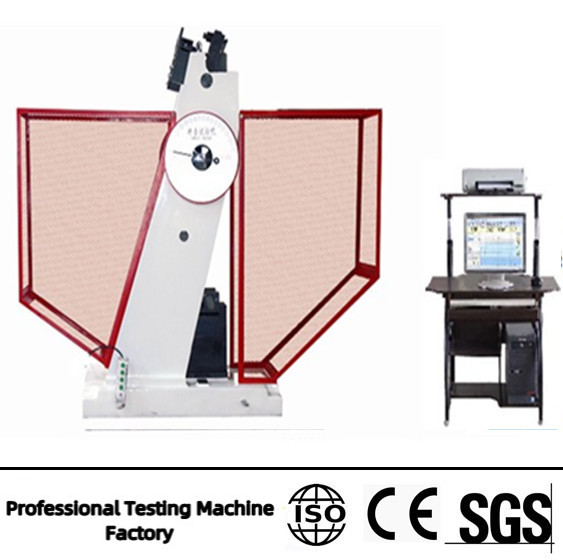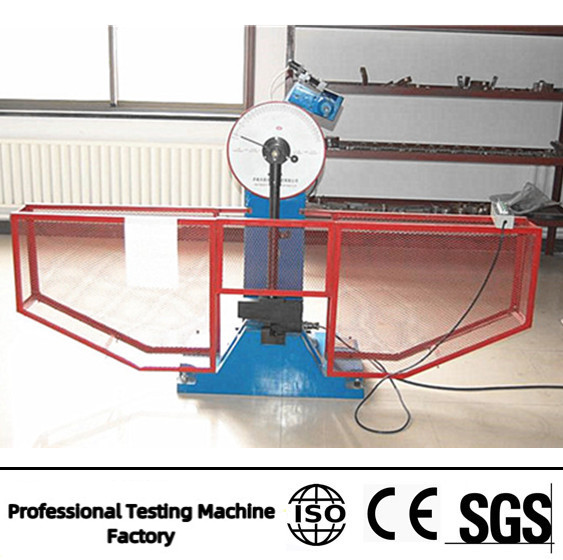Tela JBDW-300 Computer Pendulum Impact Testing Machine com câmara de super baixa temperatura
1. General Introduction
The JBDW – 300 Computer Screen Display Pendulum Impact Testing Machine with Super Low Temperature Chamber is a specialized piece of equipment used to test the impact resistance of materials under super – low temperature conditions. It is commonly employed in industries such as electronics, aeroespaço, and materials science to evaluate the performance of computer screens and other materials in harsh environments.
2. Características principais
uma. Computer Screen Display
- It is equipped with a computer – controlled screen that provides real – time display of test data, including impact energy, impact force, and deformation. This allows operators to monitor the test process accurately and obtain precise results.
- The display also enables easy parameter setting, such as test speed, pendulum angle, and temperature control.
b. Super Low Temperature Chamber
- The super low temperature chamber can reach extremely low temperatures, which simulates the actual working conditions of materials in cold environments. This is crucial for testing the impact resistance of materials at low temperatures, as the mechanical properties of materials often change significantly with temperature.
- The chamber has good thermal insulation performance to ensure stable temperature control during the test.
c. Pendulum Impact Testing
- The pendulum impact testing mechanism provides a standardized and repeatable way to apply impact force to the test specimen. The machine can accurately measure the energy absorbed by the specimen during the impact, which is an important indicator of its impact resistance.
- Different pendulum weights can be selected according to the test requirements to meet the needs of various specimens.
3. Especificações técnicas
uma. Temperature Range
- The super low temperature chamber typically has a temperature range from – 40°C to – 196° C, allowing for a wide range of low – temperature tests.
b. Energia impactante
- The JBDW – 300 model can provide an impact energy range suitable for testing different types of specimens, usually from a few joules to hundreds of joules.
c. Test Accuracy
- It has high – precision sensors and measurement systems, ensuring accurate measurement of impact energy and other test parameters. The measurement error is generally within a small range, such as ± 1%.
4. aplicações
uma. Electronics Industry
- Used to test the impact resistance of computer screens, mobile phone displays, and other electronic components at low temperatures. This helps manufacturers ensure the quality and reliability of their products in cold environments.
b. Aerospace Industry
- Test materials used in aircraft and spacecraft components to evaluate their performance under extreme cold conditions during flight.
c. Materials Research
- Assist researchers in studying the impact behavior of new materials at low temperatures, which is beneficial for the development of high – performance materials.
Aplicação:
Este tipo de máquina é utilizado para determinar a resistência ao impacto dos materiais metálicos sob carga dinâmica. O pêndulo da máquina pode ser levantado ou liberado automaticamente. Ele é projetado de acordo com o padrão nacional GB / T3808-1995 “Charpy Impacto Método de teste para metais” e padrão ISO.
Pode ser também acordo com a norma ASTM E23 como pedido especial do cliente. Tem as características de fácil operação, alta eficiência, seguro e confiável. O sistema de computador pode fazer o processamento de dados e obter o relatório de ensaio. Sob o sistema de arrefecimento super baixa temperatura, ele pode verificar o desempenho impacto de materiais. A máquina é especialmente apropriado para laboratório, indústria metalúrgica, produção de máquinas, fábrica de aço e outros campos.
Especificações:
| Especificações |
JBDW 300 |
JBDW 500 |
| Energia impactante (J) |
150, 300 |
250, 500 |
| velocidade de impacto (Senhora) |
5.2 |
5.4 |
| ângulo levantada |
150º |
| extensão padrão (milímetros) |
40 |
| ângulo rodada de mandíbulas (milímetros) |
R1-1.5 |
| ângulo rodada de vantagem marcante (milímetros) |
R2-2.5 |
| Tamanho da amostra (milímetros) |
10 X 10 X 55 |
| Fonte de energia |
3phs, 380V, 50Hz ou 220V, 60hz |
| dimensões (milímetros) |
1600 X 850 X 1530 |
1600 X 850 X 1530 |
| Peso líquido (kg) |
880 |
980 |
| Exibição |
Tela de computador |
| intervalo de temperatura baixa |
-80— -190° C (Nitrogenio liquido) |


















